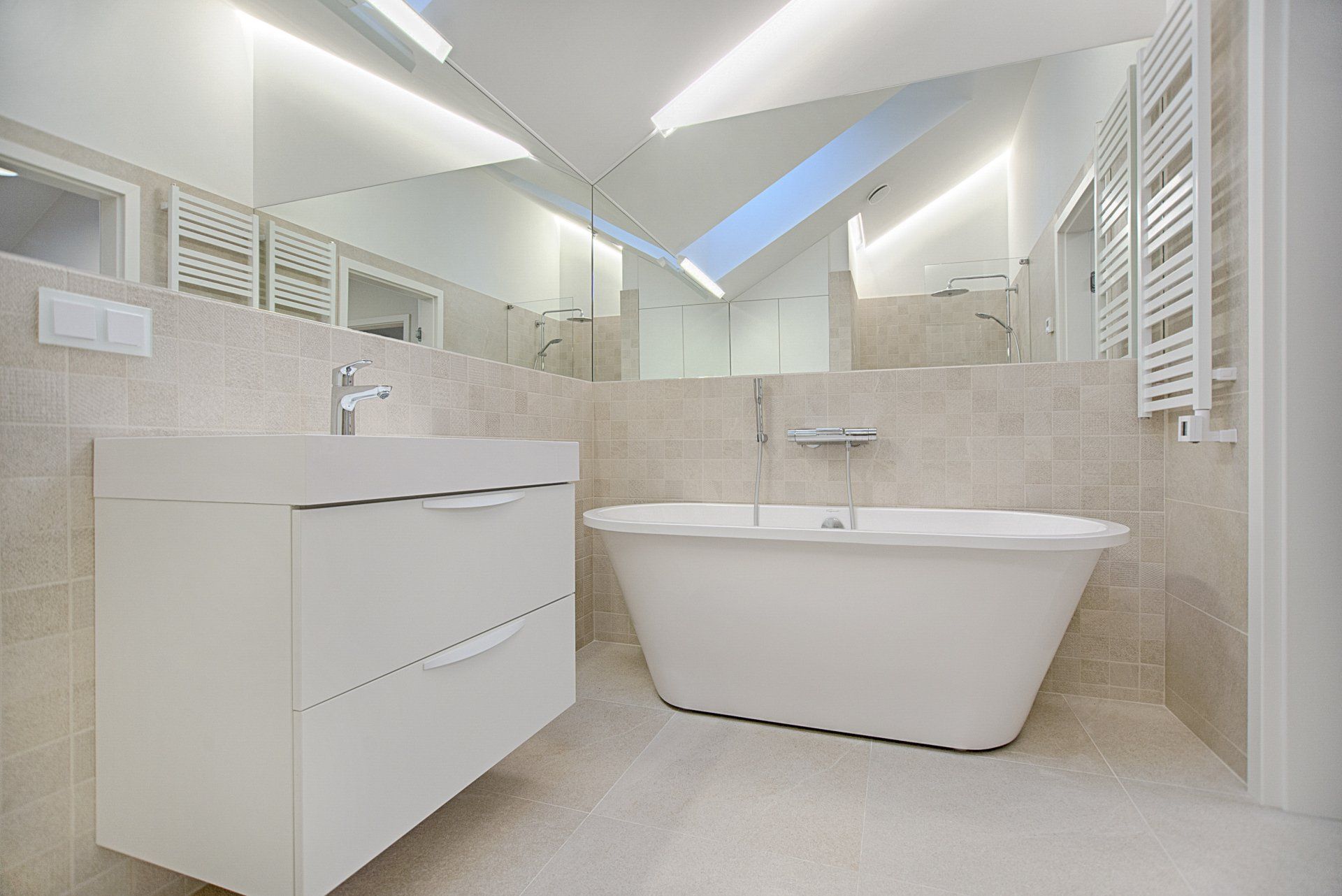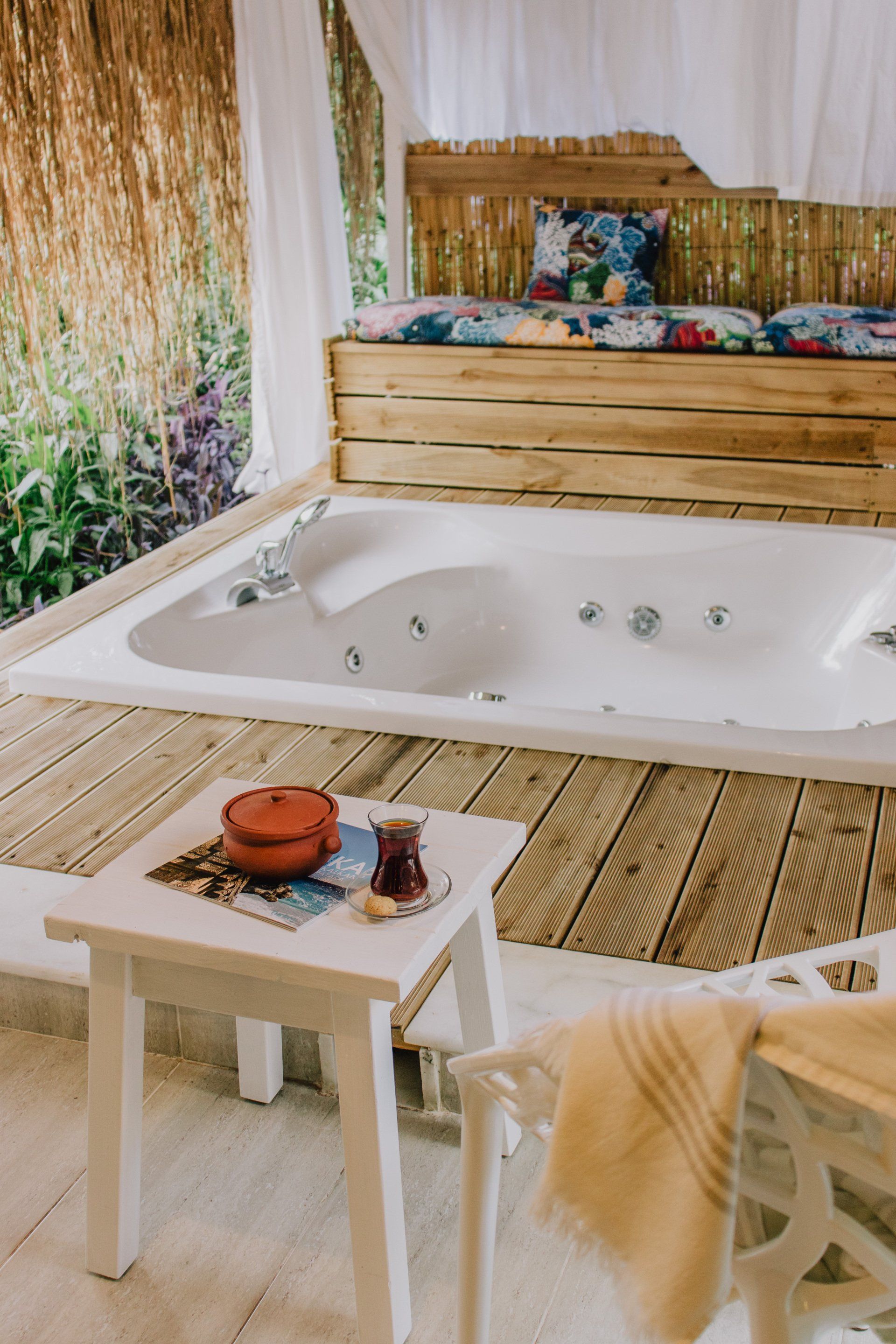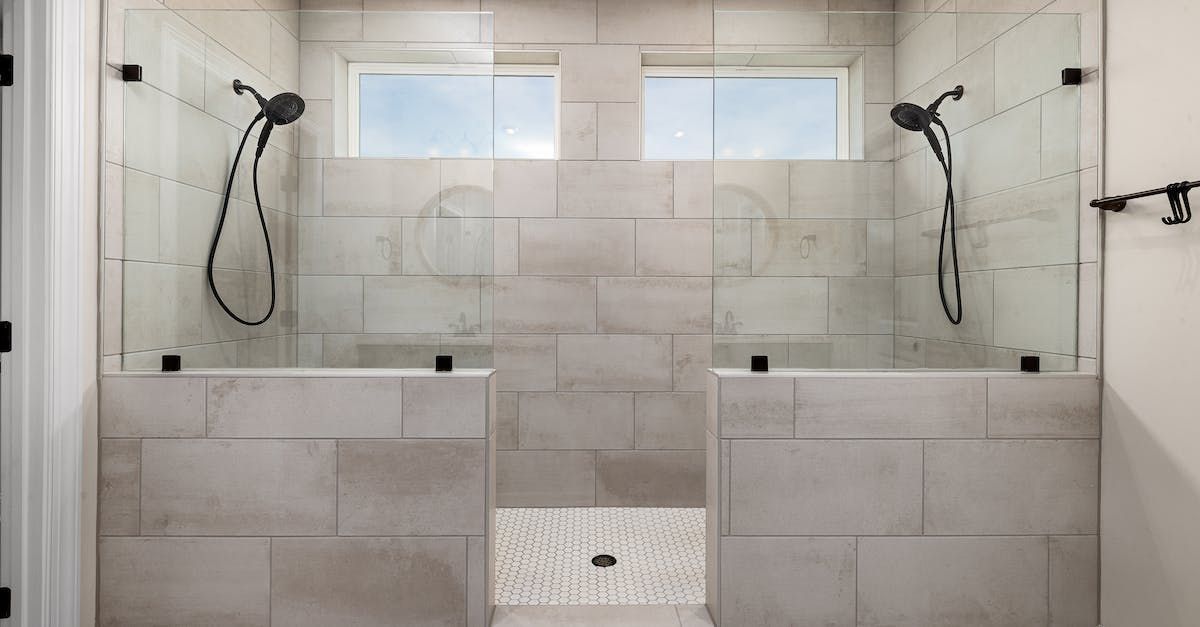How to Refinish Your Bathtub Yourself Safely
Revitalize Your Bathroom with These Expert Tips on Safe and Effective DIY Bathtub Refinishing
Refinishing your bathtub can breathe new life into your bathroom without the hefty cost of a full replacement. With the right tools, materials, and a bit of elbow grease, you can achieve professional-looking results. This guide will walk you through the entire process, using all necessary keywords to ensure your project is both safe and successful.

Understanding DIY Bathtub Refinishing
Before diving into the refinishing process, it’s essential to understand what it entails. DIY bathtub refinishing kits are designed to provide homeowners with the tools and materials needed to restore their bathtubs’ surfaces. These kits often include epoxy resin, application tools, and detailed instructions to guide you through the refinishing process.
Why Refinish Instead of Replace?
- Cost-Effective: Refinishing is a fraction of the cost of replacing a bathtub. It’s an affordable bathtub refinishing option that can save you hundreds of dollars.
- Convenience: The process is quicker and less invasive than a full replacement.
- Eco-Friendly: Refinishing reduces waste by reusing your existing bathtub instead of sending it to a landfill.
How to Refinish a Bathtub Yourself: A Step-by-Step Guide
Here’s a detailed step-by-step bathtub refinishing guide to help you get started.
Step 1: Gather Your Supplies
DIY Bathtub Refinishing Kits: Ensure you have a high-quality kit. The best DIY bathtub repair kits come with all the essentials needed for a successful project.
Non-Toxic Bathtub Refinishing Products: Choose products that are safe for you and the environment. Non-toxic options minimize the risk of harmful fumes and health issues.
Tools Needed:
- Sandpaper (various grits)
- Paint roller and brushes
- Masking tape
- Drop cloths
- Cleaning supplies (e.g., degreaser, bleach)
- Safety gear (gloves, mask, goggles)
Step 2: Prepare the Bathtub
- Clean Thoroughly: Remove any soap scum, mildew, and dirt using a strong cleaner. A mix of bleach and water can help kill mold and mildew.
- Remove Caulk: Strip away old caulk around the bathtub edges using a putty knife.
- Sand the Surface: Sand the entire surface of the tub to create a rough texture for better adhesion. Use different grits of sandpaper, starting with coarse and moving to fine.
Step 3: Mask and Protect
Cover all areas around the bathtub with drop cloths and use masking tape to protect fixtures and surrounding tiles. Proper masking is crucial to avoid unwanted drips and overspray.
Step 4: Apply the Primer
Some DIY bathtub refinishing kits include a primer. Apply it according to the manufacturer’s instructions. The primer helps the topcoat adhere better to the surface of the bathtub.
Step 5: Apply the Epoxy Resin
Mix the epoxy resin according to the instructions provided in the kit. Using a paint roller or brush, apply the first coat evenly across the entire surface. Allow it to dry completely before applying subsequent coats. Typically, two to three coats are necessary for a durable finish.
Step 6: Let it Cure
Curing times can vary depending on the product used. Generally, you should allow the bathtub to cure for at least 24 to 48 hours. Ensure the bathroom is well-ventilated during this time.
Step 7: Re-Caulk and Clean Up
Once the epoxy resin has cured, re-caulk the edges of the bathtub with fresh caulk. Remove all masking tape and drop cloths, and clean up any remaining dust or debris.
Bathtub Refinishing Tips and Tricks
- Ventilation: Always ensure proper ventilation by opening windows and using fans to disperse fumes.
- Safety Gear: Wear gloves, goggles, and a mask to protect yourself from dust and fumes.
- Multiple Thin Coats: Applying multiple thin coats of epoxy will result in a smoother finish compared to fewer thick coats.
- Avoid Water: Keep the bathtub dry for at least 48 hours after the final coat to ensure the surface cures properly.
When to Consider Professional Help
While refinishing your bathtub yourself can be a rewarding project, there are times when seeking professional help is advisable. If your bathtub has significant damage, such as deep cracks or extensive rust, a professional refinisher can provide more durable and long-lasting results. Professionals also have access to industrial-grade materials and equipment that may not be available in DIY kits, ensuring a higher quality finish.
Additionally, if you’re uncomfortable working with chemicals or lack the time and patience required for the project, hiring a professional for your
bathtub remodeling can save you effort and ensure the job is done correctly.
FAQs About DIY Bathtub Refinishing
How long does DIY bathtub refinishing last? A properly refinished bathtub can last between 5 to 10 years, depending on usage and maintenance.
Is it safe to use non-toxic products? Yes, using non-toxic bathtub refinishing products is safe and recommended, especially in homes with children and pets.
What is the best DIY bathtub repair kit? The best DIY bathtub repair kits are those that include all necessary materials and detailed instructions, such as Rust-Oleum Tub and Tile Refinishing Kit.
Can I do this myself, or should I hire a professional? While refinishing your bathtub yourself can save money, it requires attention to detail and patience. If you’re uncomfortable with the process, hiring a professional may be a better option.
Ready to work with DFW Bath & Kitchen Solution?
Let's connect! We’re here to help.
Send us a message and we’ll be in touch.
Or give us a call today at 817-697-0335










